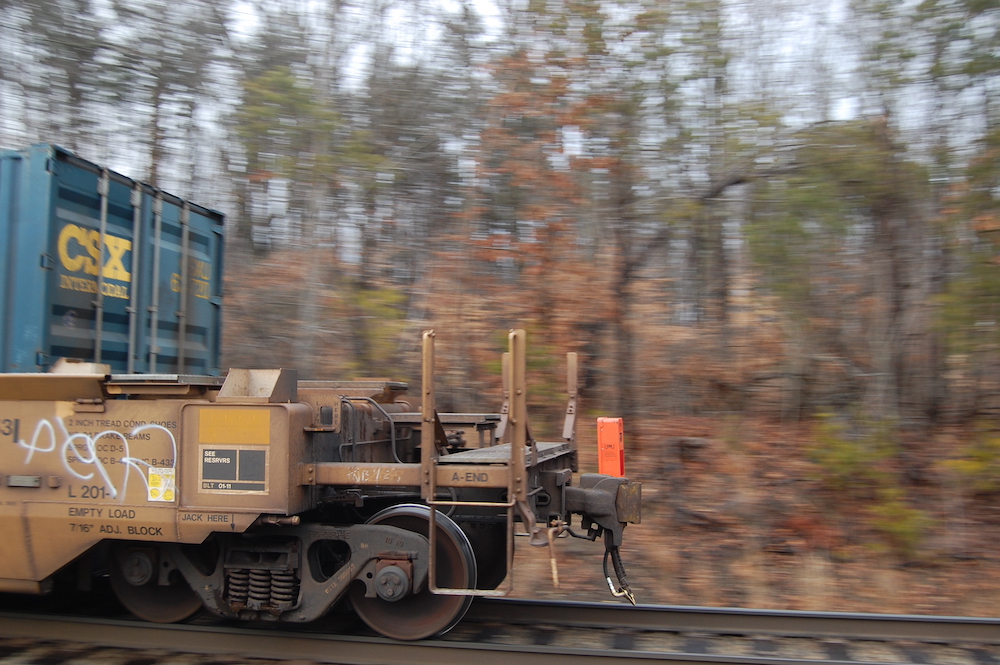EOTs — end-of-train device

Q: In track side watching and in videos, I note that end-of-train devices only flash at night. Why is this? — William Carpenter West Chester Township, Ohio
The Northeast Operating Rules Advisory Committee (NORAC) rulebook used by most northeastern railroads states that each train occupying a main track or controlled siding outside of yard limits must display a marker on the rear end.
From one hour before sunset until one hour after sunrise, or when visibility is so restricted that the end silhouette of a box car cannot be seen from one-half mile on a straight track, the marker must be illuminated. During other periods, a reflector, flag, or extinguished marking device may be used. Passenger trains must have an illuminated marker at all times. Modern freight end-of-train devices have sensors which activate the flashing light only at night.
Besides a flashing end-of-train device or the continuous red marker lamps on passenger cars and push-pull locomotives, a dimmed headlight on a trailing locomotive is also legal.
The Federal Railroad Administration has regulations which govern the other functions of an end-of-train device. Modern units are paired with equipment in the lead locomotive which allows the engineer to read the brake pipe pressure measured by the end-of-train device and instruct it to make an emergency brake application from the rear. This will also happen automatically if the engineer makes an emergency brake application on the locomotive, reducing how long it takes to stop the train and easing slack action. — Tyler Trahan














The original reason is battery life. The early EOT’s could just barely eke out 12 hours flashing an incandescent bulb from NiCad batteries. In fact, a lot of time and energy went into finding batteries and chargers that could support running EOTs.
If there had been LED’s, Lithium ion batteries, and air-turbine generators back then, we’d probably have EOTs that flash 24/7.